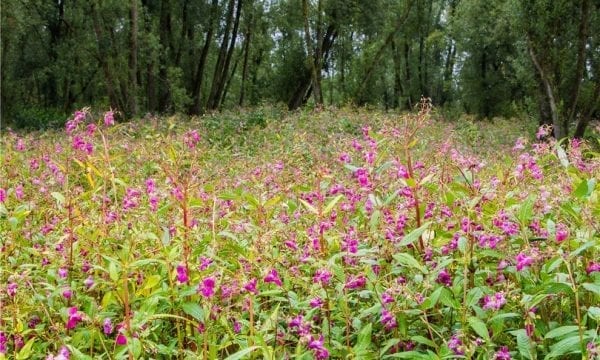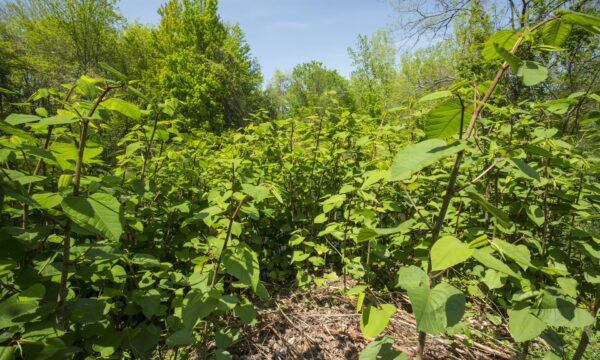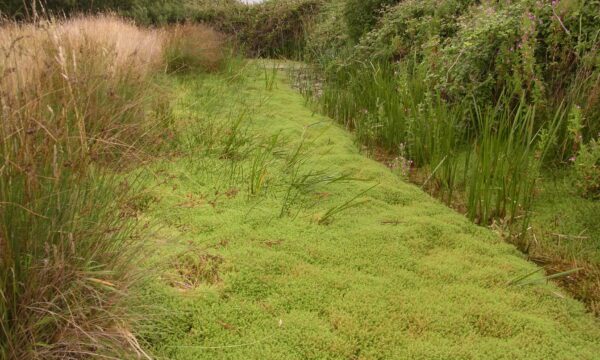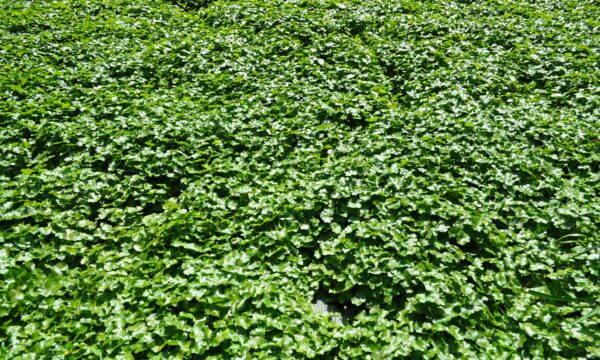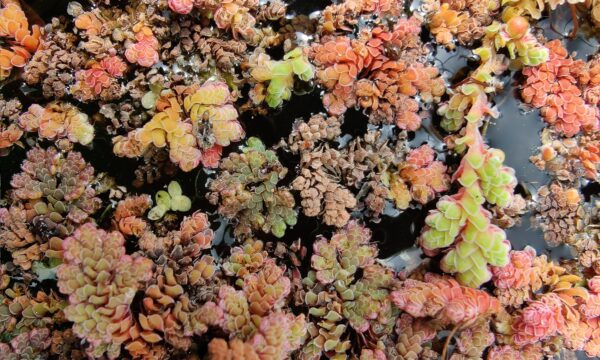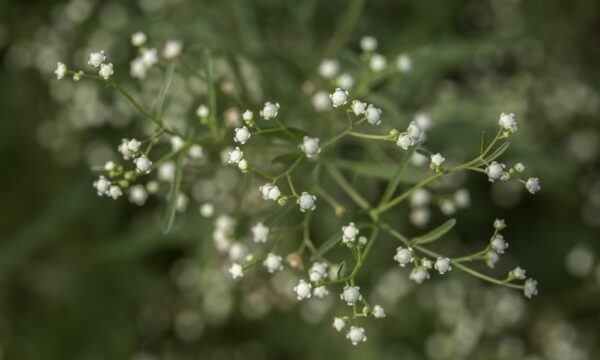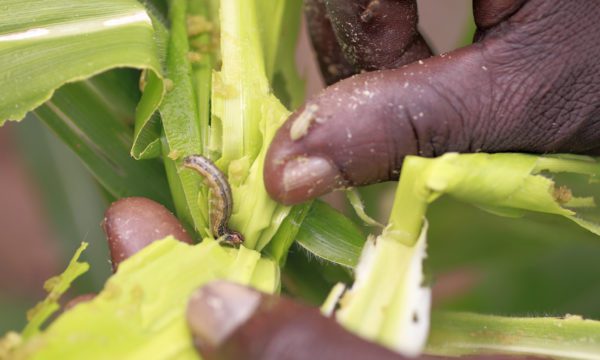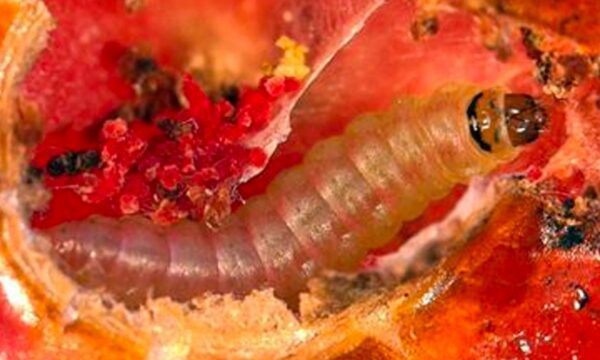Azolla is one of the UK’s most invasive water plants. CABI’s work on Azolla control – researching and testing a biocontrol agent to control the weed naturally in the UK – has led to a programme that rears and supplies weevils to customers affected by Azolla.
To order weevils, please visit our website. Below, you can read more about the problem Azolla causes and CABI’s research with the weed.
The problem
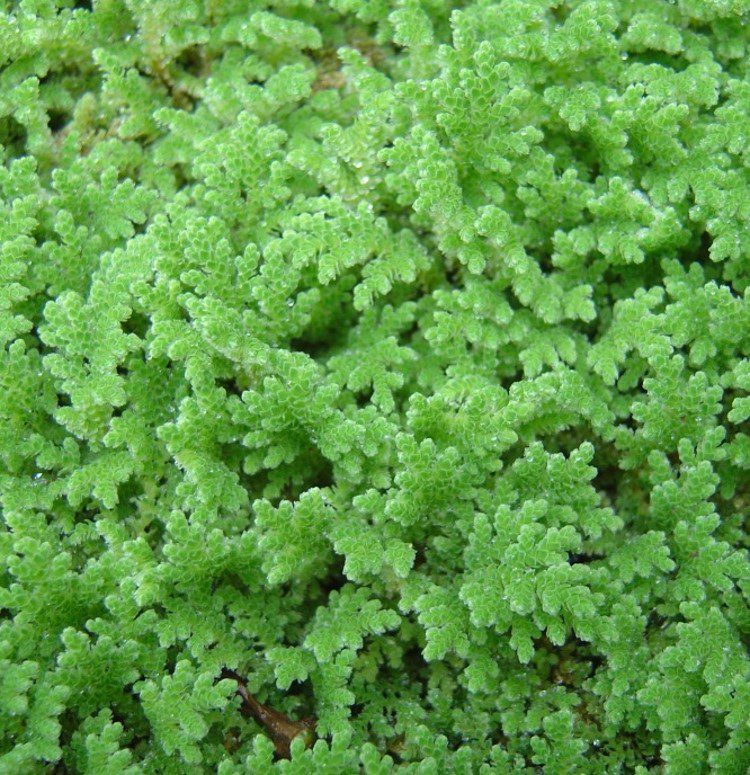
Native to the Americas, Azolla filiculoides was introduced to the UK in the 19th century and became naturalized, going on to become widespread on slow moving and stationary water bodies, frequently infesting valuable or threatened habitats. Azolla can have a variety of impacts: it can reduce light and oxygen reaching submerged flora and fauna; outcompete native aquatic plants; alter pH and other physiochemical variables; block drainage systems; inhibit leisure activities such as angling and boating; and pose a risk to livestock and people when mistaken for solid land.
With the ability to fix nitrogen through association with a symbiotic cyanobacterium, Azolla is also able to dominate in nitrogen-poor water bodies. Azolla can propagate itself vegetatively, rapidly doubling its population size in suitable conditions. Manual or mechanical control is typically expensive and leads to short-term clearance and must be repeated as the Azolla recovers. Chemical control faces the same challenges with additional risks to the aquatic habitat. Azolla filiculoides was one of five aquatic weeds banned from sale in the UK in 2014.
Research to date
Stenopelmus rufinasus, an Azolla-feeding weevil, was introduced accidentally to the UK, most likely as a stowaway on A. filiculoides. It was first recorded in England in 1921 and has survived in nature ever since, feeding on Azolla and providing background control of the weed, typically unnoticed.
In the mid-1990s, researchers in South Africa started a project to identify natural enemies to tackle Azolla filiculoides in their country, where it was having major impacts. Native range surveys in the US, followed by host range testing, revealed Stenopelmus rufinasus to only feed on Azolla with a strong preference for Azolla filiculoides.
The weevil was released in South Africa in 1997 and has proven to be an outstanding example of biocontrol, providing ongoing high-level control of the weed across the country. In the UK, despite the background impact of the weevil, significant Azolla infestations were still common and difficult to control, with the weevil likely limited by cooler conditions and slow to catch up with new Azolla outbreaks.
In the mid-2000s, CABI investigated the potential to mass rear and redistribute S. rufinasus to control these outbreaks. In England and Wales S. rufinasus is recognized as ordinarily resident and in Scotland the weevil is released under licence. CABI now ships the weevil throughout the summer months to customers affected by Azolla.
Over a period of two to three months, S. rufinasus feeds and reproduces extensively and brings the Azolla under control. It can be so efficient that it effectively eliminates its entire food source and adults must then fly in search of further Azolla infestations, leaving clear water bodies. Biocontrol is recognized as the best approach for managing Azolla where the weed and weevil are present, and CABI has demonstrated the effectiveness of the weevil in trials in the UK, Netherlands and Belgium and identified S. rufinasus damaging Azolla in the field in France.
For more information or to order weevils, please visit our Azolla control website.
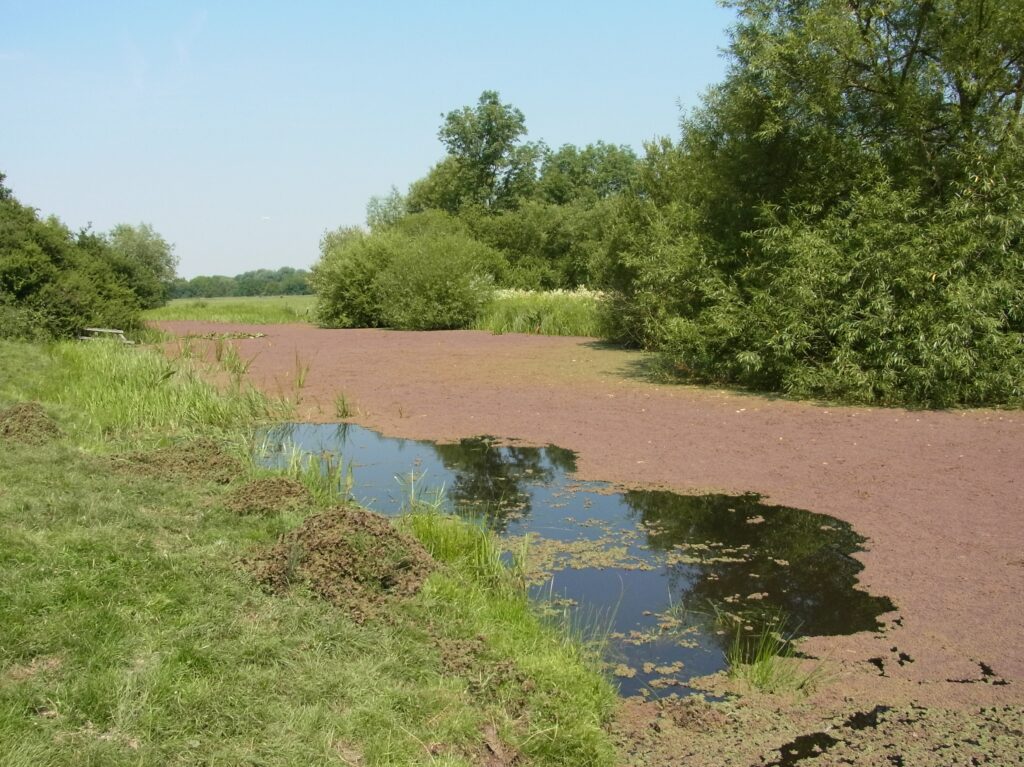
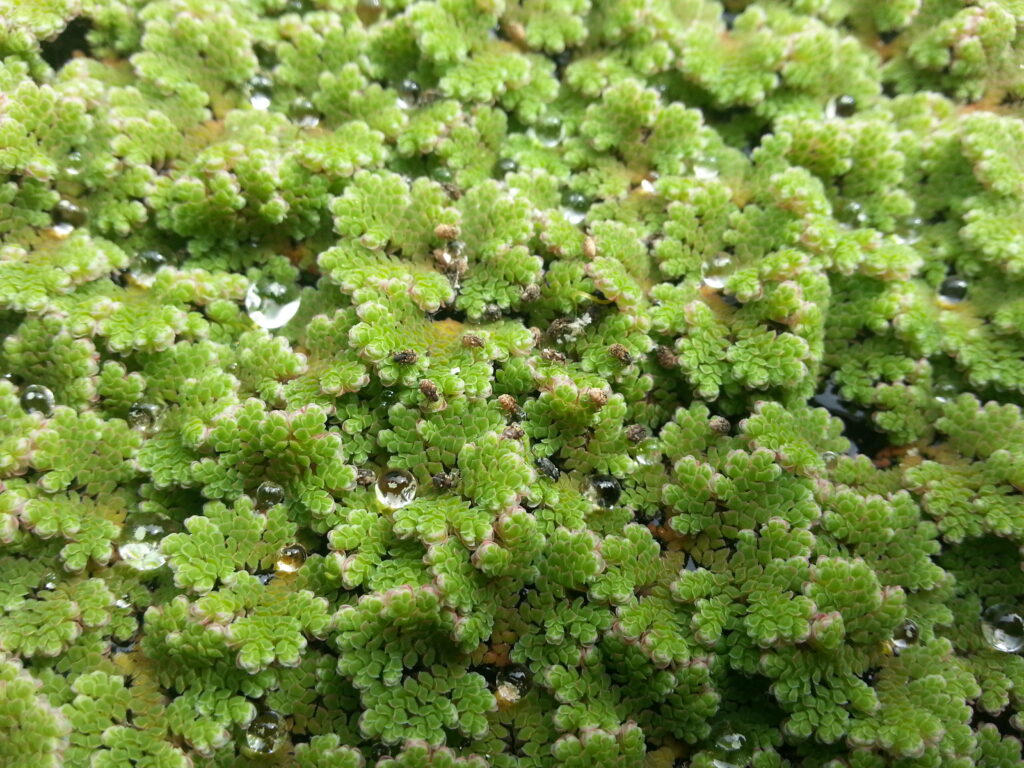
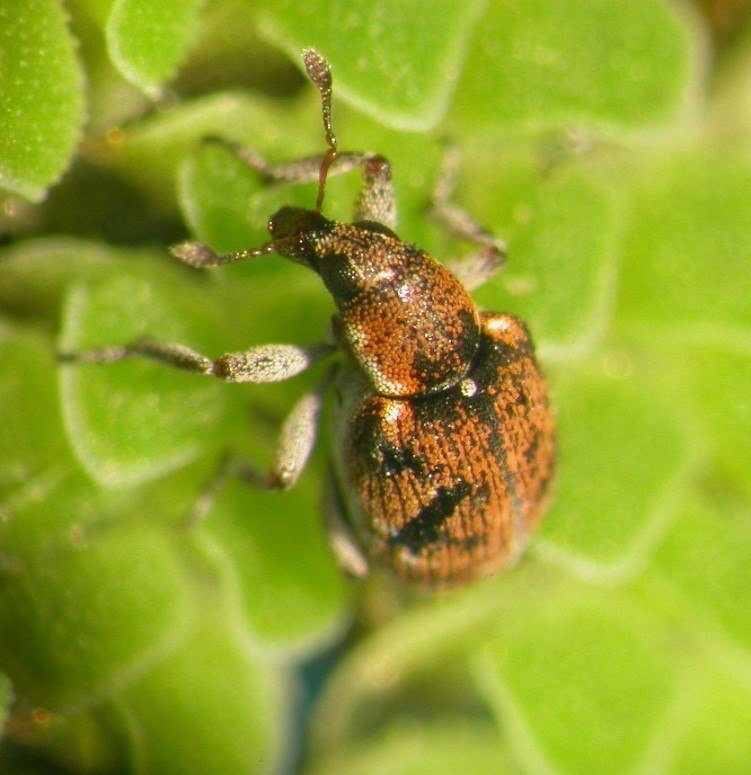
Project-specific articles, reports and papers
Pratt, C.F., Constantine, K. & Wood, S.V. A century of Azolla filiculoides biocontrol: the economic value of Stenopelmus rufinasus to Great Britain. CABI Agric Biosci 3, 70 (2022). https://doi.org/10.1186/s43170-022-00136-0
Pratt, C. F., Shaw, R. H., Tanner, R. A., & Vos, J. G. M. (2013). Biological control of invasive non-native weeds: An opportunity not to be ignored. Entomologische Berichten, 73(4), 144–154. Retrieved from https://www.nev.nl/pages/publicaties/eb/nummers/2013/73-4/144-154.pdf
Shaw, Richard H., Ellison, C. A., Marchante, H., Pratt, C. F., Schaffner, U., Sforza, R. F. H., & Deltoro, V. (2018). Weed biological control in the European Union: from serendipity to strategy. BioControl, 63(3), 333–347. doi: 10.1007/s10526-017-9844-6
General
CABI. Progress with Weed Biocontrol Projects. November 2023
CABI. Progress with Weed Biocontrol Projects. March 2023
CABI. Progress with Weed Biocontrol Projects. November 2022
CABI. Progress with Weed Biocontrol Projects. May 2022
CABI. Progress with Weed Biocontrol Projects. November 2021
CABI. Progress with Weed Biocontrol Projects. March 2021

